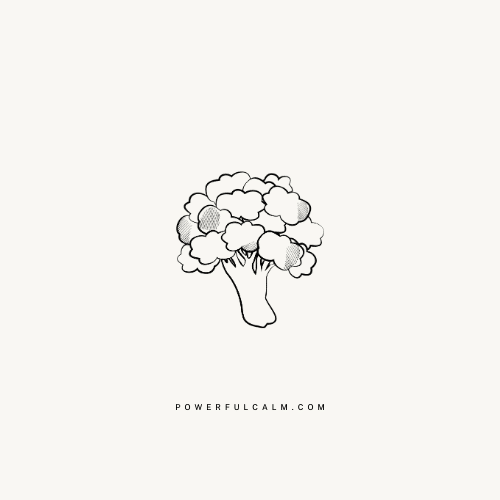What’s the difference between good positivity and bad positivity, and when does it become toxic positivity?
Positivity includes feelings like gratitude, optimism, and a positive perspective. It might seem like common sense that positivity is good for well-being, backed by research, but there are exceptions, too. One of the exceptions is when positivity is forced; it can be annoying at best and infuriating at worst, which does not enhance well-being at all!
Positivity is good for well-being. The caveat is if positivity helps you avoid or suppress negative emotions, it can become toxic.
The definition of toxic positivity is when an individual rejects or denies stress, negativity, or other negative experiences that exist.
Sometimes, knowing the difference between positivity and toxic positivity is difficult.
For example, if someone encourages you to “look at the bright side” when you’re not ready to, you might feel that they are dismissing your experience and the negative feelings that may result from it. Since negative emotions are as important as positive ones for meeting your needs, storing them without acknowledgment isn’t helpful. Even so, when it seems that positive advice from friends feels like toxic positivity when you’re on the receiving end, it might not be.
There’s a thin line between positivity and toxic positivity and it quickly becomes very complicated, but here’s some help.
Here are some more examples:
- “I’m having a bad day.” Toxic response: “But you have much to be grateful for in your life.”
- “I don’t know if I can have a relationship with my sister. She doesn’t treat me with respect or kindness.” Toxic response: “She’s family. You should love her no matter what.”
- “This job sucks.” Toxic response: “You’re lucky you even have a job.”
The responses are good examples of using toxic positivity to bypass the speakers’ negative experiences rather than compassionately listening to what the other is saying.
On the other hand, when you feel heard, it validates your experience, regardless of the situation.
This response accepts the negative emotions we all experience occasionally and communicates compassion and kindness. This approach is not toxic because it doesn’t deny negative emotions or force a feeling that doesn’t align with the experience.
When Does Positivity Become Toxic?
- Some research suggests that it is inappropriate to use positivity to reframe a problematic positive when an individual’s identity is being threatened. For example, when people experience racial oppression, looking for the positive side of things can lead to worse well-being.
- If people encourage you to use a specific emotional skill you’re not skillful with, it can make you feel worse. For some people, positivity is a difficult skill to develop and implement. If your skillset for being optimistic, positive, or reflecting on the bright side of your situation doesn’t come quickly, it could be problematic for you.
- Most of us think positive emotions are good, and more is better. Well, it turns out that the saying, “too much of a good thing is bad,” might be right. Too much positive emotion is a known risk factor for mania. Too much positive emotion can result in negative emotion.
- Obsession with happiness or over-focusing on happiness decreases well-being. This creates a gap between how you feel now and how you want to feel. Having ultra-high expectations for happiness tends to take you out of your experience and preoccupy you with the future, which is a setup for unfulfilled expectations.
In Sum
Toxic positivity is tricky at times.
The benefit of positivity, backed by science, is that positivity improves well-being.
At the same time, it can be easy to focus only on positivity, which leads to toxic positivity.
Hopefully, this post helps you understand the difference between positivity and toxic positivity and how to prevent it.



